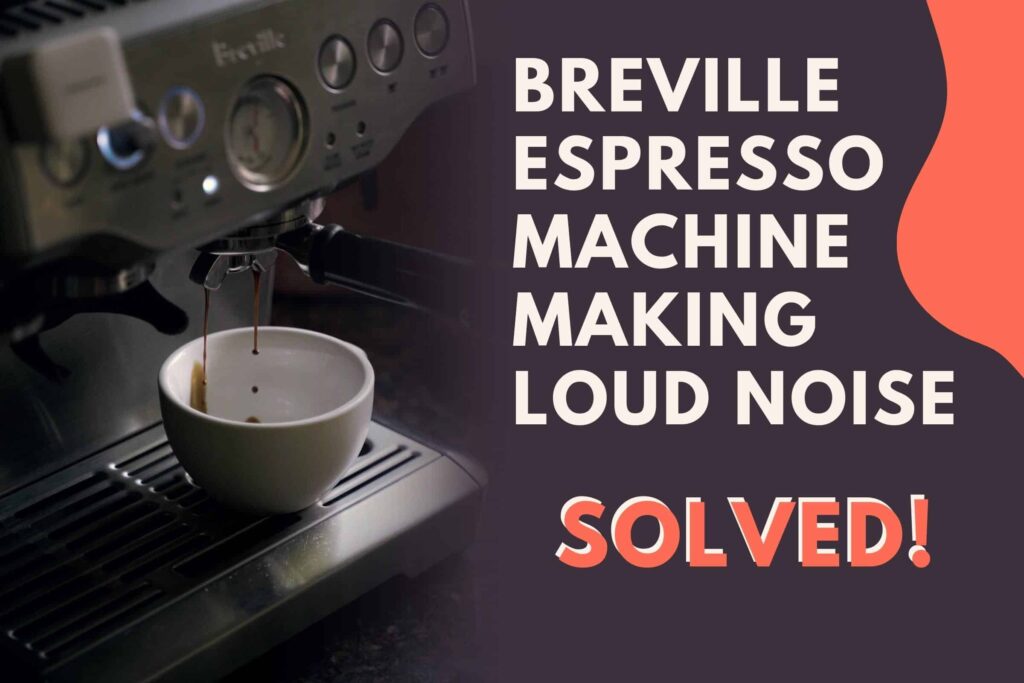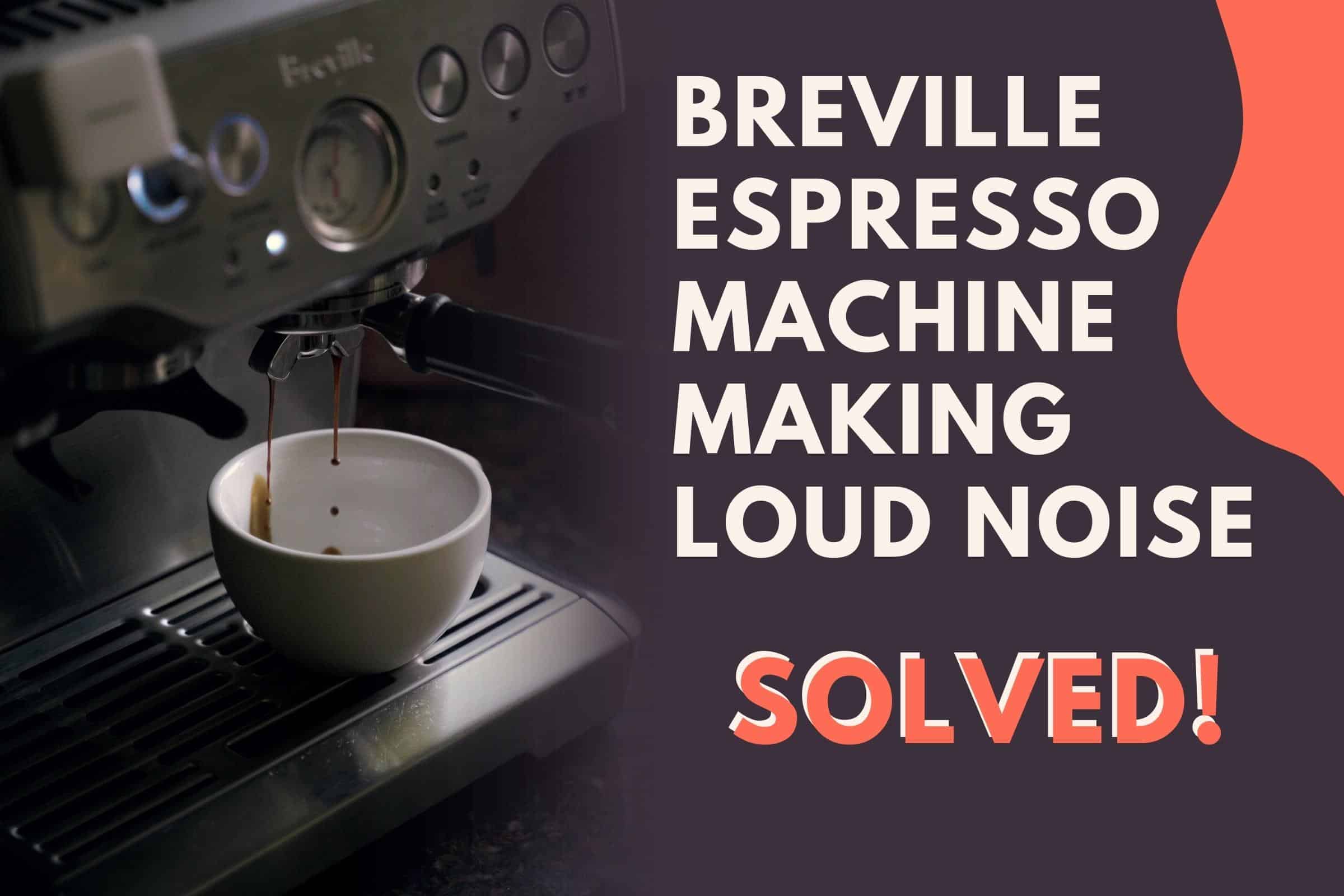
Breville Espresso Machine Comparison Chart: Your Ultimate Guide to Brewing Excellence
The world of espresso machines can be a daunting landscape, filled with gleaming stainless steel, complex terminology, and a dizzying array of models. For those seeking to elevate their home coffee experience, the Breville brand stands out. Known for its blend of user-friendliness, innovative features, and stylish design, Breville offers a diverse range of espresso machines to suit various budgets and skill levels. This comprehensive Breville espresso machine comparison chart aims to demystify the selection process, providing you with the information you need to choose the perfect coffee companion.
This article serves as your guide, breaking down the key features, specifications, and performance aspects of popular Breville espresso machines. We’ll delve into the nuances of each model, from entry-level machines perfect for beginners to advanced models designed for seasoned baristas. By the end, you’ll be equipped with the knowledge to make an informed decision and unlock your inner barista.
Understanding the Breville Lineup: Key Features to Consider
Before diving into the Breville espresso machine comparison chart, it’s crucial to understand the core features that define a quality espresso machine. These features will be the backbone of our comparison, allowing you to assess each model’s strengths and weaknesses.
- Pump Pressure: Measured in bars, pump pressure is the force that pushes water through the coffee grounds. A standard espresso requires 9 bars of pressure. Machines with higher pressure may not necessarily produce better espresso, but consistent and accurate pressure is key.
- Thermoblock vs. Thermocoil: These are the two primary heating systems used by Breville. Thermoblocks heat water instantly, while thermocoils offer more consistent temperature stability, which is critical for optimal extraction.
- Pre-Infusion: This feature gently wets the coffee grounds before full extraction, allowing for a more even saturation and maximizing flavor extraction.
- PID Temperature Control: Precise temperature control is essential for espresso quality. PID (Proportional-Integral-Derivative) technology maintains a stable water temperature, leading to consistent results.
- Milk Frothing Capabilities: Consider whether you prefer a manual steam wand for texturing milk or an automatic milk frother for convenience. The quality of the steam wand is crucial for achieving microfoam for latte art.
- Built-in Grinder: Integrated grinders offer convenience and ensure that you’re using freshly ground coffee beans, a key factor in espresso quality.
- User Interface: Look for intuitive controls, clear displays, and pre-programmed settings that streamline the brewing process.
- Size and Design: Consider the machine’s footprint on your countertop and how its aesthetic aligns with your kitchen decor.
Breville Espresso Machine Comparison Chart: A Detailed Breakdown
This Breville espresso machine comparison chart provides a side-by-side analysis of some of the most popular Breville models. We’ll focus on the key features discussed above, highlighting the unique attributes of each machine.
The Bambino Series
The Bambino series is designed for entry-level users and those with limited counter space. They offer excellent value for their price point, providing a solid foundation for espresso brewing.
- Bambino: The base model offers a compact design, a thermoblock heating system, and a manual steam wand. It’s a great starting point for beginners.
- Bambino Plus: Upgrades include a faster heat-up time, a more powerful steam wand, and an automatic milk frother. The Bambino Plus is a step up in convenience and performance.
The Barista Express Series
The Barista Express series is a popular choice for home baristas, offering a built-in conical burr grinder for added convenience and control.
- Barista Express: Features a built-in grinder, a thermocoil heating system, and a manual steam wand. It provides a good balance of features and affordability.
- Barista Express Impress: This model builds upon the Barista Express with the addition of a smart dosing and tamping system. It is designed to simplify the espresso-making process.
The Barista Touch Series
The Barista Touch series incorporates a touchscreen interface and advanced features for a more streamlined brewing experience.
- Barista Touch: Features a touchscreen interface, a thermocoil heating system, a built-in grinder, and automatic milk frothing capabilities. It offers a more automated brewing experience.
- Barista Touch Impress: This model combines the touchscreen interface with the smart dosing and tamping system found in the Barista Express Impress.
The Oracle Series
The Oracle series represents Breville’s high-end offerings, combining fully automatic and manual brewing elements for the ultimate espresso experience.
- Oracle: The Oracle is a fully automatic machine with a built-in grinder, automatic tamping, and automatic milk frothing. It’s designed for those who want barista-quality espresso with minimal effort.
- Oracle Touch: The Oracle Touch builds upon the Oracle with a touchscreen interface and further refinements to the brewing process.
Here’s a simplified Breville espresso machine comparison chart summarizing the key features of the models discussed:
| Model | Heating System | Grinder | Milk Frothing | PID Control | User Interface | Price (Approximate) |
|---|---|---|---|---|---|---|
| Bambino | Thermoblock | No | Manual | No | Buttons/Dials | $300 |
| Bambino Plus | Thermoblock | No | Automatic | No | Buttons/Dials | $400 |
| Barista Express | Thermoblock | Yes | Manual | Yes | Buttons/Dials | $700 |
| Barista Express Impress | Thermoblock | Yes | Manual | Yes | Buttons/Dials | $800 |
| Barista Touch | Thermoblock | Yes | Automatic | Yes | Touchscreen | $1100 |
| Barista Touch Impress | Thermoblock | Yes | Automatic | Yes | Touchscreen | $1200 |
| Oracle | Thermoblock | Yes | Automatic | Yes | Buttons/Dials | $2000 |
| Oracle Touch | Thermoblock | Yes | Automatic | Yes | Touchscreen | $2300 |
Choosing the Right Breville Espresso Machine: Key Considerations
Beyond the specific features outlined in the Breville espresso machine comparison chart, several factors should guide your decision-making process.
- Your Budget: Breville machines range significantly in price. Determine your budget upfront to narrow down your options.
- Your Skill Level: Are you a beginner, intermediate, or experienced barista? Choose a machine that aligns with your skill level and desired level of control.
- Your Coffee Preferences: Do you primarily drink espresso, or do you enjoy milk-based drinks like lattes and cappuccinos? Consider the importance of milk frothing capabilities.
- Counter Space: Some Breville machines are larger than others. Measure your available counter space to ensure a comfortable fit.
- Ease of Cleaning and Maintenance: Consider the ease of cleaning the machine and the frequency of required maintenance.
Real-World Performance: What to Expect from Breville Machines
While the Breville espresso machine comparison chart provides a technical overview, it’s also essential to understand real-world performance. Breville machines are generally known for their ease of use and consistent results. However, the quality of the espresso ultimately depends on several factors, including the coffee beans, the grind size, and your brewing technique.
Extraction Quality: Breville machines, especially those with PID temperature control, generally produce well-extracted espresso with a rich crema. The Barista Express and Barista Touch series, with their built-in grinders, provide greater control over grind size, leading to improved extraction.
Milk Frothing: The manual steam wands on the Barista Express and Oracle series allow for precise control over milk texturing, enabling users to create microfoam for latte art. The automatic milk frothers on the Bambino Plus and Barista Touch series offer convenience but may not achieve the same level of control.
Durability: Breville machines are generally well-built, but like any appliance, they require proper care and maintenance to ensure longevity. Regular descaling is essential, and following the manufacturer’s instructions is crucial.
Making Your Decision: The Final Steps
After reviewing the Breville espresso machine comparison chart and considering your needs and preferences, you should be well-equipped to make a decision. Here’s a quick recap of some popular choices:
- Best for Beginners: The Bambino or Bambino Plus offers an accessible entry point into the world of espresso.
- Best Value: The Barista Express provides a good balance of features and affordability, with a built-in grinder.
- Best for Convenience: The Barista Touch or Oracle Touch simplifies the brewing process with its touchscreen interface and automatic features.
- Best for Experienced Baristas: The Oracle series offers the most advanced features and control, allowing you to achieve professional-quality results.
Before making your final purchase, read reviews from other users, compare prices from different retailers, and consider any warranty options. Investing in a quality espresso machine is an investment in your daily coffee ritual, so take your time and choose wisely. Remember that a Breville espresso machine comparison chart is a great starting point, but your personal preferences and needs are the ultimate guide.
Investing in a Breville espresso machine can significantly enhance your home coffee experience. By carefully analyzing the features, performance, and price points outlined in this Breville espresso machine comparison chart, you can find the perfect machine to suit your needs and unlock your inner barista. The journey to exceptional espresso starts with the right tools, and Breville offers a range of options to make that journey both enjoyable and rewarding. We hope this Breville espresso machine comparison chart has helped you in your search.
[See also: Best Coffee Grinders for Espresso]
[See also: Espresso Machine Cleaning Guide]
[See also: How to Make Latte Art at Home]


